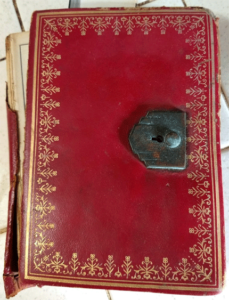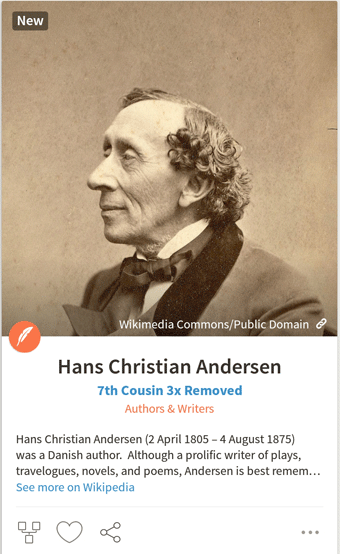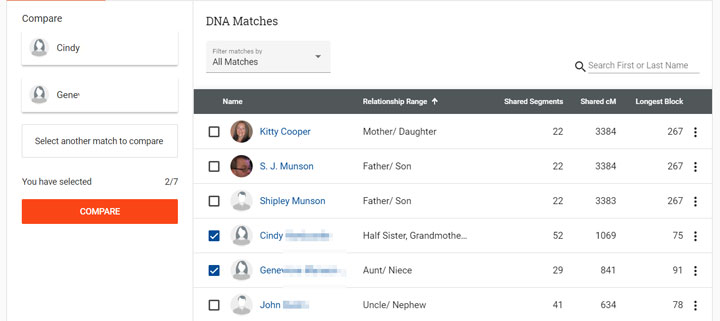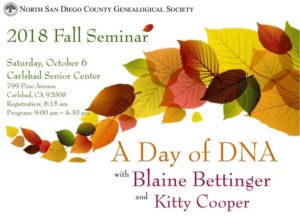Most of the unknown parentage cases I have worked on have had very happy endings and I have enjoyed reporting on them here and in my presentations. Sadly it is not always like that.
My observations from the many cases I have been involved with is that the fathers who never knew are frequently delighted; while the mothers who gave up the child often want to pretend it never happened.
There are at least two cases in my files where the overly young parents, gave up their child, later got married, and were happy to have that child back in their lives. However I have another case where although they later got married, they subsequently divorced and are not acknowledging their son.
There are also a few cases where the father claims to not even have known the mother of the child. That does not necessarily stop him from being delighted to have a new daughter or son.
Some fathers are not so welcoming. The first case I ever helped out on was a DNA cousin, early in the days of testing, so I did not know she could be more distant than the reported 4th cousin. Regardless, I was happy to help. She lives in the next town over and came to my house to meet me. I did not realize what an emotional moment it would be for her, meeting her first ever biological relative. Subsequently her birth state opened their records, so she found her late mother’s family. With the extra information from her mother’s diary and her Ancestry test, I was able to find her birth dad, my distant relative. However he said in an email response to her, “Sorry, but I have no recall of a [her mother’s name].” Since the story was one of being taken advantage of when drunk at a party, my cousin chose not to pursue this.
Another genetic cousin who turned up early in my DNA explorations was also more distant than I realized, a double sixth cousin. Eventually I suggested he test at Ancestry where he found a paternal half sister born days apart from him. I found their Dad, my distant cousin, and called him, but he wanted no part of DNA testing. His reason was that he was protecting his known daughter who was going through a tough time and besides he was always “good,” never stepped out. Luckily a few months later that very same daughter did an Ancestry DNA
test and is thrilled to have a half sister (she had no sisters) and another brother.
The case that broke my heart was a recent one involving two war babies.






